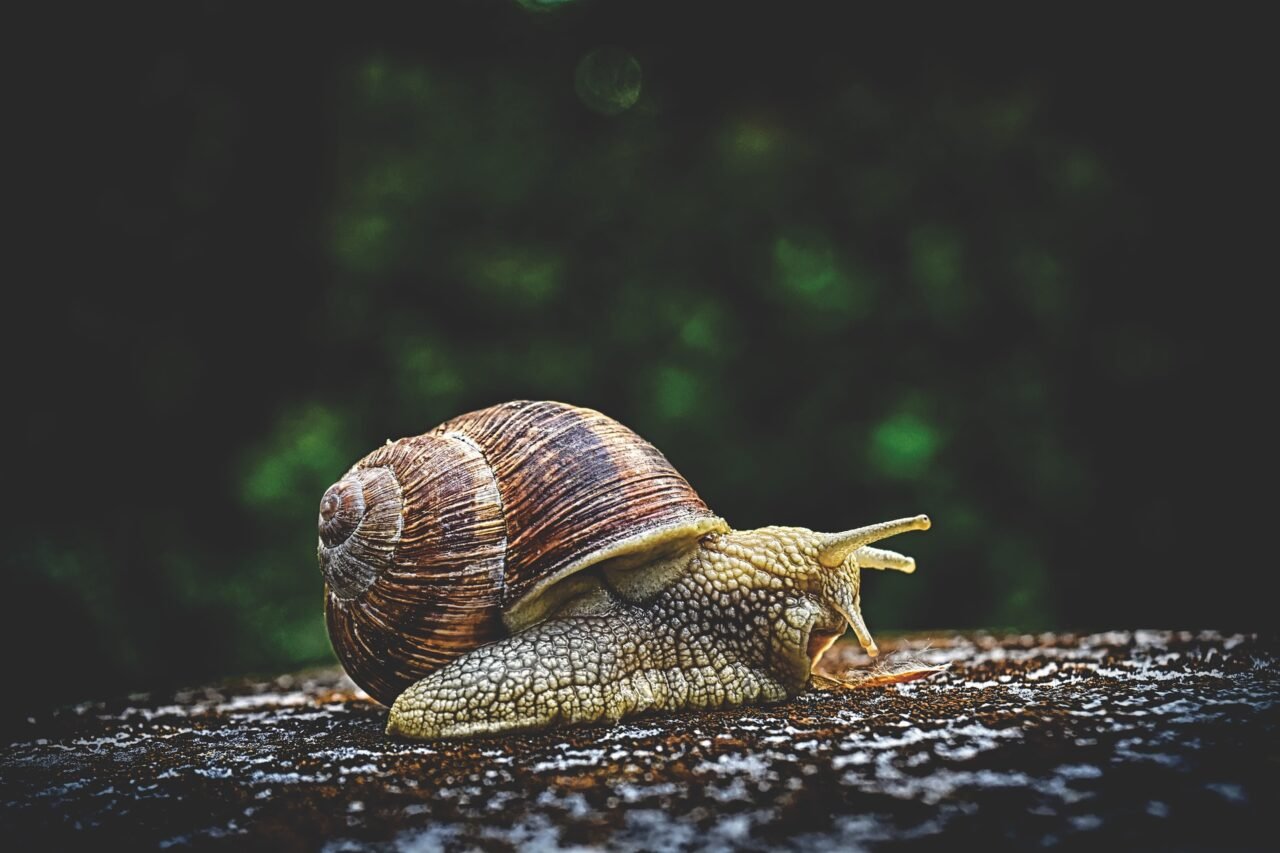10 ways to deal with slugs and snails on the farm
Slugs and snails are cousins in the mollusk family of animals.
They live in damp habitats and crawl on the ground eating green vegetables. They enjoy the cool environment of dusk and dawn coming out early in the morning and late in the evening.
These pests can be a nuisance on the farm when they invade in large numbers. They consume several times their body weight each day and often hide on the undersides of leafy greens.
Below are ways to control the pests:
1. Natural predators
Make your garden friendly to predators such as frogs, lizards, chameleons and toads and encourage them to come naturally to the snails and slugs’ habitat. They will feed on these pests and other insects and also add to the bio-diversity.
To attract lizards and geckos, make a ‘lizard house’, ‘lizard lounge’ or ‘lizard habitat’. Select a quiet, warm, dry and sunny spot in your garden and plant indigenous plants – those that grow naturally in the area. These could include grasses, ferns and vines, which tangle up to form great hiding spaces.
Next, loosely stack stones, bricks, old concrete blocks or dead wood on top of each other allowing for cracks and holes. Lizards like to squeeze into these spaces to feel safe. Other insects such as beetles and spiders also like this atmosphere; hence, more food for the lizards and bio-diversity for your garden.
Toads and frogs are amphibians. However, toads spend more time on land and live in burrows while frogs spend most of their lives in or near water. These amphibians feed on pests such as bugs, beetles, caterpillars, cutworms, grubs, slugs and snails.
Amphibians prefer damp shady areas and need protection from the sun’s heat, which may cause dehydration and make them vulnerable to predators.
To attract them, construct a shelter for them by arranging stones loosely into a small cave or use a ceramic pot turned upside down. Use stones to prop it up and a small space to allow them slip inside. Provide water next to the shelter in a shallow basin, a small pond, or a shallow water hole because toads and frogs only drink by sitting in water, not through their mouth. Change the water every week.
Avoid use of herbicides, pesticides or synthetic fertilisers in your garden. Toads and frogs breathe through their skin and such chemicals will poison them.
2. Ducks are also a good bet. They feed on the mollusks and not the plants, while giving the farmer eggs, meat and feathers. Ducks should be in a flock to operate efficiently. According to the Western Australian Agriculture and Food Division, two dozen ducks can service 50 acres. However, when the snail numbers have been reduced, the ducks may stop actively hunting for them.
3. Create rough environments
Snails and slugs avoid gritty or rough environments since they get injured or killed as they move on them. Sand, ballast, coarse diatomaceous earth or crushed eggshells drive them away when sprinkled around plants. This method is effective, although not completely foolproof, as some of the slugs and snails might still get through.
4. Snail traps
Setting snail traps is another effective method of controlling pests.
- The beer pan: Fill a shallow margarine or yoghurt-size container with beer and bury it in the soil with the open end just above the surface. Slugs and snails are known to be attracted to beer. As they get into the beer, they drown and die. Replace the beer every few days for it to remain effective.
- Another trap is made using a flat object that can provide a dark, moist, cool location. Use a board, piece of old carpet, blanket, thick clothing or pot to create that environment. Water an area and then place the object over it. Pick the object up every morning and destroy the hiding snails or slugs. Repeat this regularly to control their population.
5. Barriers
This involves putting something in their path that they do not like. These materials include copper wire, Vaseline, mesh turned outwards or leftovers wool from a textile factory. Coffee grinds and wood ash are other natural barriers, although some snails may cross, it’s still an effective, cheap and natural method.
6. Biological pest control also works quite well. Water your farm with a solution of nematodes (microscopic worms). These penetrate the slug, infect and kill it.
Small piles of wheat or corn bran kill the slugs and snails when they eat it. These are organic and wildlife can eat their corpses safely.
7. A popular method used to get rid of snails is salting them. However, this is not recommended since over time it will salinise your soil.
6. Keep your farm as dry as possible to create an unwelcoming atmosphere for snails. Use of drip irrigation rather than overhead sprinklers can deter them. In addition, water your plants early in the morning rather than late in the evening.
8. Mulching: Snails will hide beneath the moist, warm mulch. When mulching, ensure the mulch does not touch the base of your plant.
9. Trap crops: Slugs like soft leafy vegetables and you can plant them at the borders of your garden to keep them away from your main crop. Examples of crops that attract slugs are marigold, maize seedlings, cabbages, lettuces and the seedlings of most vegetables. When using trap crops, monitor the activity of the pest. You do not want to attract many slugs and have them move onto your main crop. Also, plant flowery crops to attract predators that will attack the snails.
10. Plant a bit earlier so that by the time the rains and wet conditions set in your crop will have grown past the stage where it is highly vulnerable. Maize is less affected by snails after it reaches the five-leaf stage.



